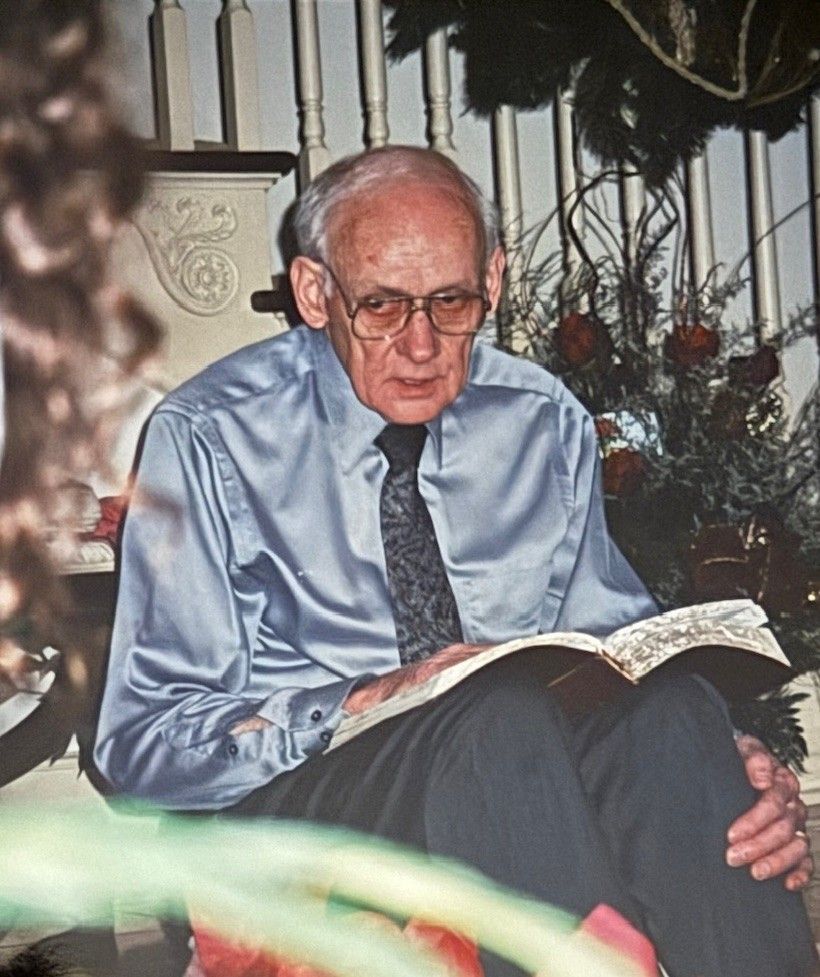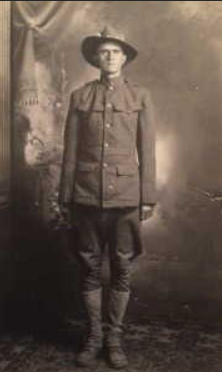It was sometime in the 1960s or perhaps even the early 1970s. We could possibly even narrow it down a bit more than that . . . let’s say the mid-60s to early 70s. There had been a murder, sadly not so unusual an occurrence, even considering the timeframe, but in this instance the killer gave themselves a roughly six-month head start, if you will. They hid their victim beneath a wood pile in a local campground—local as in Hardin County, Tennessee. Slowly but surely, that pile decreased in size as campers used the wood for their fires. Until one day, one piece too many was removed, and the wood pile revealed its terrible secret.
Charlie Roberts was the funeral director who made the trip to the campground, Ziegler case in hand, to bring the skeletal remains back to the funeral home. For the unfamiliar, a Ziegler case is basically a metal box, one that will seal and is most often used to transport human remains that are in an advanced state of decomposition. From there my assumption is an autopsy was performed to identify the deceased and to gather whatever evidence might still be present. It was important to give this person a name, but it was equally important to pursue justice on their behalf.
And this is where the story ends, at least the story I know. Everyone who worked at the funeral home then is long since gone. Everyone who worked with the Sheriff’s Department is long since gone. An extensive search of Newspapers.com yields nothing, probably because the Savannah Courier’s editions are not archived there beyond December 27, 1901 (which is incredibly sad, in the humble opinion of one who enjoys delving into the past)—and because I don’t have a clue how to phrase my question so I get reasonable search results. Even asking the entire Interweb has proven fruitless. All I have is the memory of a young boy who lived behind the funeral home and recalls walking past a freshly scrubbed Ziegler case that was propped against a wall, hoping the fresh air would do what the scrubbing had not.
So, I’m turning to you . . .
Before I entrench myself in the Courier office, scouring page . . . after page . . . after page . . . of news for a decade, or settle into the storeroom at the funeral home going through old records for the same period of time, I thought I would tap into the collective memories of you, the people. Is there anyone amongst you who remembers such an occurrence and can provide any information at all that might help in completing this story?
Now, some of you may be asking why it needs completing. Why not just leave well enough alone and go on with our lives? I don’t know why anyone else might be interested, but I know why I am, beyond the fact that I’m a naturally curious human being. The person whose life was so cruelly taken, who was hidden away beneath brush and firewood, deserves to be remembered. Their story deserves to be told, and not just the story of their death, but the story of their life as well. They were far more than how they left this world and now that I’m aware of at least a portion of their story, I feel a compelling need to complete it.
So, if there’s anyone out there who can help solve the Mystery of the Hidden Corpse, I hope you’ll share what information you may recall. Everyone has a story. Every story deserves to be told. But it should always be told accurately and with respect. And that’s impossible to do when you don’t know how it begins or ends.
About the author: Lisa Shackelford Thomas is a fourth-generation member of a family that’s been in funeral service since 1926 and has worked with Shackelford Funeral Directors in Savannah, Tennessee for over 45 years. Any opinions expressed here are hers and hers alone and may or may not reflect the opinions of other Shackelford family members or staff.













